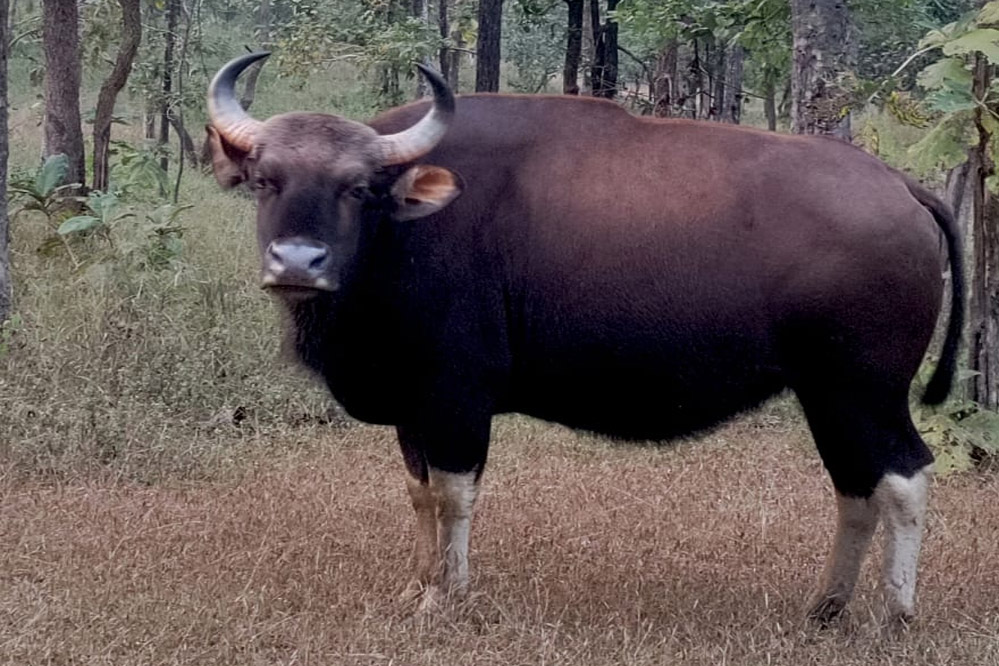Madhya Pradesh
Rehabilitation of Indian Bison
- 22 Feb 2025
- 2 min read
Why in News?
50 Bison Gaur will be rehabilitated by the Forest Department and Wildlife Institute of India , Dehradun.
Key Points
- About Resettlement:
- The relocation work will be done in two phases, from Satpura Tiger Reserve to Bandhavgarh Tiger Reserve on 20 to 24 February.
- Reintroduction means re-establishing a species in its natural habitat where it previously existed.
- Purpose of resettlement:
- Increasing the population of Bison (Gaur) and genetic improvement.
- Maintaining balance in biodiversity and ecosystem .
- Importance of Resettlement:
- Earlier, 50 boys were rehabilitated in 2011-12, taking their number to over 170.
- This step is important towards the conservation of Bison so that they can have a stable and healthy population in the future.
- Their rehabilitation will promote a healthy ecosystem for wildlife and will prove beneficial for other species as well.
Indian Bison(Gaur)
- About:
- It is the largest species of wild cattle found in India and is the largest extant bovine animal.
- Boysen controls the growth of grasses and plants, keeping the ecosystem healthy.
- The number of Gaur in the world is around 13,000 to 30,000, of which about 85% are present in India.
- Location:
- It is originally found in South and Southeast Asia.
- In India, they are found in abundance in the Western Ghats. Mainly found in Nagarhole National Park , Bandipur National Park , Masinagudi National Park and Biligirirangana Hills (BR Hills).
- They are also found in Burma and Thailand .
- It is originally found in South and Southeast Asia.

 (1).jpg)





-min.jpg)